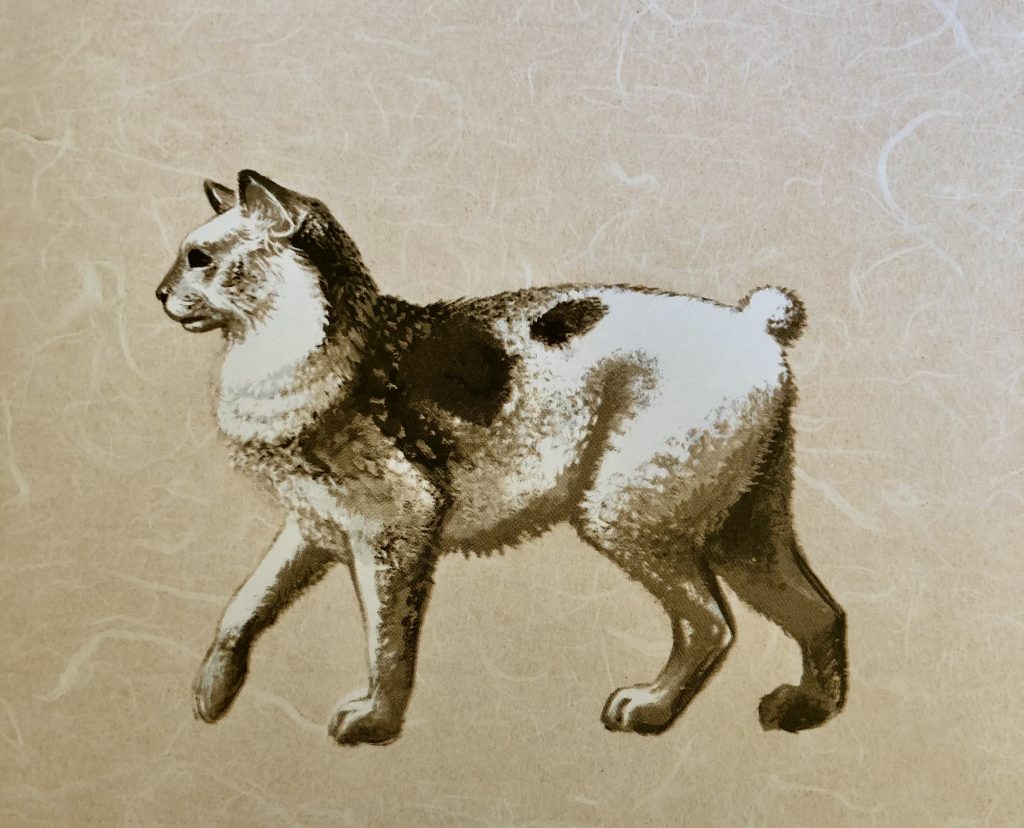
Aside from fairly simplified understanding of Buddhism that did not reflect the Buddhist cosmology and saw the events of the Buddha’s life through a more Christian perspective, we did not see a lot of evil or erroneous views in this charming children’s book. There was some evidence that a clear belief in cause and effect was missing and examples of superstitious fortune-telling and luck prevailed. And there was not much emphasis on correct cultivation, but this book was written in the early 1930’s when western writers did not understand that much about Buddhism. Even without direct examples of evil or erroneous views, the class felt that this was a very enjoyable and useful exercise that caused them to evaluate their own relationship to these views and that the book was one they wanted to read to their children and grandchildren and share with non-Buddhist friends as a way to introduce the compassion and core principles of Buddhism.
CLICK for to read the PDF of The Cat Who Went to Heaven.





I found that I manufactured evil views
Because it was at a different time period and probably related to a more Christian culture; however doing so I read the views several times . Helped me see
Some of the things I need to keep my eye on in my life. Thank you for the charming tea cup story and it’s ongoing
Saga . Thank you master . Thank you to the students .